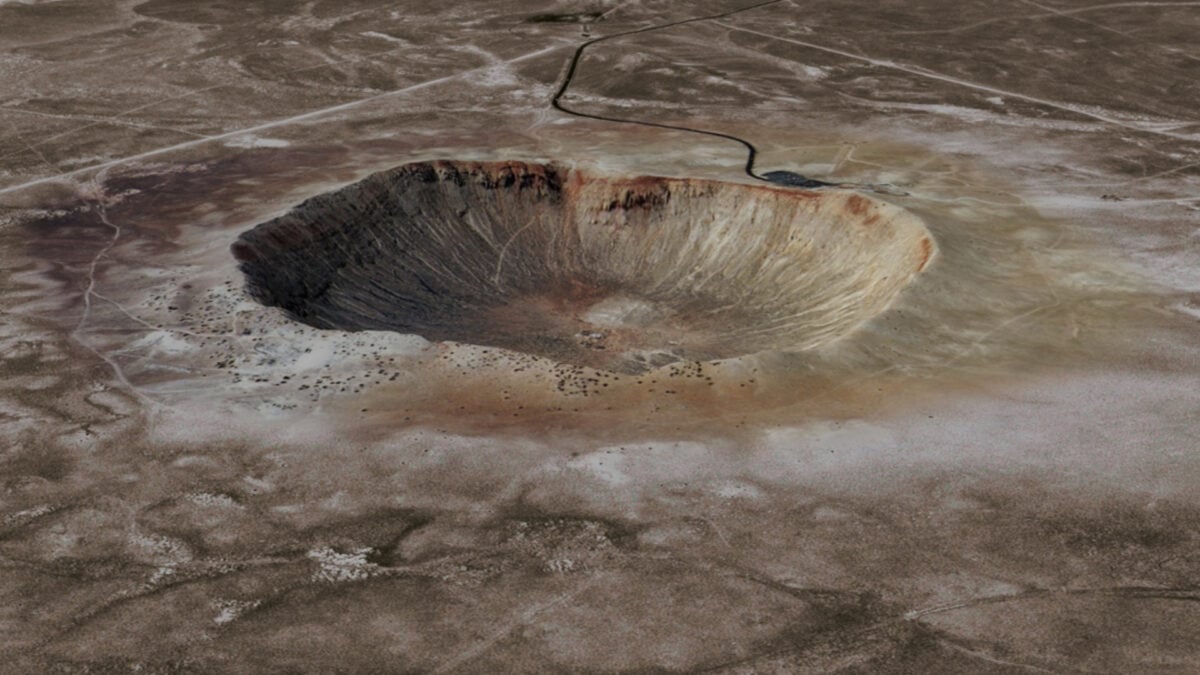5,000-Year-Old Rock Engraving Ranks Among the Earliest Representations of an Ancient Egyptian Leader

An ancient rock engraving in the Lower Nile Valley may offer a rare glimpse into the origin of Egyptian kings. The art panel depicts an elite individual with features resembling those of early Egyptian rulers, from the very beginning of political unification across Egypt.
Around 6,000 years ago, Egypt underwent a dramatic political transformation, ultimately leading to the formation of the Egyptian state under the first pharaoh, Narmer, around 3100 BCE. Researchers still know relatively little about this pivotal period in history.
In a study published in the journal Antiquity, archaeologists analyzed a rock engraving near Aswan, Egypt, finding evidence that it may have been used to communicate an individual’s power during the onset of Egypt’s First Dynasty.
“State formation in ancient Egypt and the processes that led to it are still difficult to conceptualize,” Dorian Vanhulle, an egyptologist at the Musée du Malgré-Tout and author of the research, said in a statement. “The rock art of the Lower Nile Valley has the potential to help identify and analyze the earliest forms of political power in this region and how the landscape was exploited to express and consolidate authority. However, the number of relevant examples is limited.”
To date the panel, the researchers compared the engraving to similar imagery in contemporary art and craftsmanship. Their analysis suggests that the engraving was made in the early fourth millennium BCE, during the transition from the Protodynastic to the Early Dynastic period.
The engraving portrays five figures dragging an ornate boat, one of the most ubiquitous motifs in Egyptian iconography. The boat is propelled by a standing figure holding a rudder-oar and appears to be transporting a seated figure. This seated figure closely resembles depictions of powerful individuals on prestigious objects found at ancient centers of power during the formation of the Egyptian state. Notably, the figure features an elongated jaw that suggests a false beard, a symbol associated with kingship during the First Dynasty.
“During the Predynastic and Protodynastic periods (c. 4500–3085 BC), which foreshadowed Pharaonic Egypt, the boat motif was ubiquitous and carried complex ideological and symbolic meanings,” Vanhulle said.
The high quality of the engraving suggests it was likely commissioned by a powerful figure, the researchers wrote. They also emphasized that the rock panel is a valuable addition to the limited body of engravings that help illuminate the events leading to the unification of Egypt. Rock engravings were a key medium through which political figures expressed their power, the researchers note, and they provide insight into how local communities viewed elite individuals during the formation of the Egyptian state.
The researchers stress that much more artwork remains to be recorded and analyzed—and that this work is urgent, as many of these images are at risk of disappearing.
“The landscape of the valley and its desert margins is currently being irreparably altered by, among other threats, mining and quarrying activities,” Vanhulle said. “The urgency of conducting rescue missions, such as the one that led to the discovery of this panel, cannot be underestimated.”









